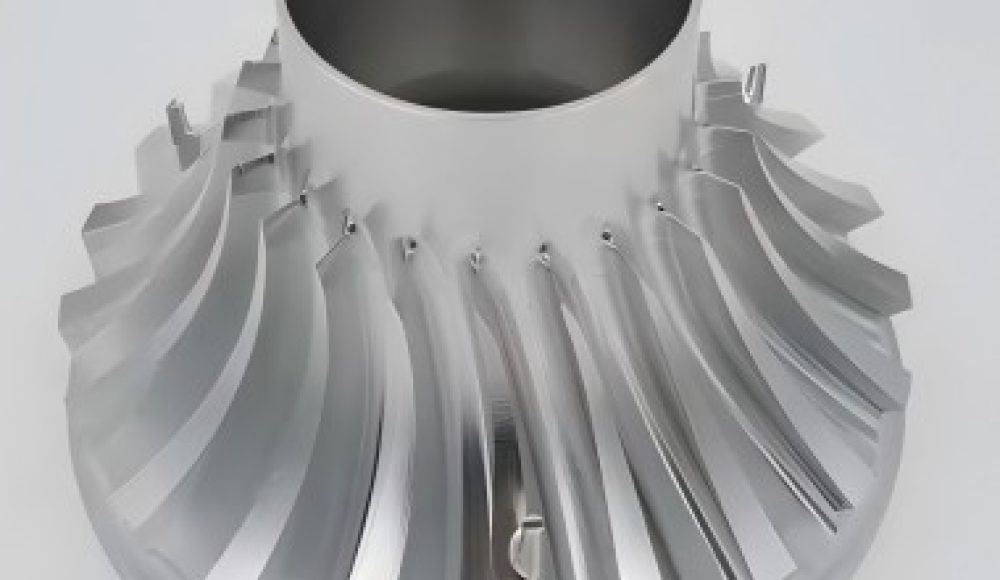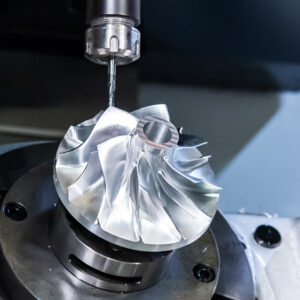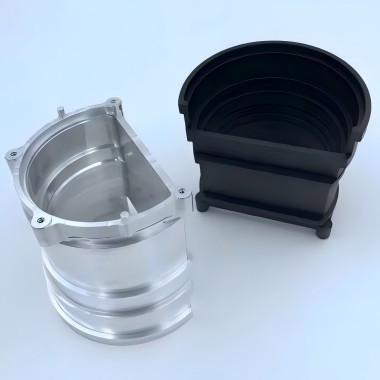Machining precision control of NC milling is a complicated process involving many aspects. The following are the key measures to control the machining accuracy of CNC milling:
First, the accuracy of the machine tool itself
Selection of CNC milling machine: Choosing a CNC milling machine with high precision, high stability and high rigidity is the basis to ensure processing accuracy. The manufacturing accuracy, assembly accuracy and wear during use will affect the machining accuracy.
CNC system optimization: ensure the stability and accuracy of the CNC system, reduce the impact of system errors on machining accuracy.
Guide rail and bearing maintenance: keep machine guide rail and bearing in good condition, regular inspection and maintenance, reduce positioning errors caused by wear or loosening.
Second, tool selection and management
Reasonable selection of tools: Choose the right tool according to the nature, shape and size of the processing material. The material, size and Angle of the tool will affect the machining accuracy.
Tool wear monitoring: regularly check the wear of the tool, timely replace the tool with serious wear, to avoid the machining error caused by tool wear.
Third, the setting of cutting parameters
Optimization of cutting parameters: According to the nature of the processing material, the type of the tool and the performance of the machine tool, the cutting speed, feed rate, cutting depth and other cutting parameters are reasonably set to ensure the stability and accuracy of the processing process.
Avoid cutting vibration: cutting vibration is one of the important factors affecting machining accuracy. Cutting vibration can be reduced by adjusting cutting parameters, increasing cutting fluid and improving machine rigidity.
Fourth, workpiece clamping and positioning
Accurate alignment: For the workpiece clamping with flat pliers, it is necessary to locate the fixed pliers as the basis. For the workpiece processed by the pressure plate, the part itself should be used as the basis for alignment.
Reasonable clamping: the clamping force should be moderate to avoid deformation of the workpiece due to excessive clamping force. At the same time, the clamping position should be reasonable to ensure the stability of the workpiece during processing.
Fifth, processing monitoring and adjustment
Real-time monitoring: Using the sensor and control system of the CNC milling machine, real-time monitoring of the status and parameters of the processing process, such as tool wear, cutting force changes.
Timely adjustment: According to the results of real-time monitoring, timely adjustment of cutting parameters, tool paths, etc., to ensure the stability and accuracy of the processing process.
Sixth, error compensation and correction
Reverse deviation compensation: If there is a reverse deviation problem in the operating system of the CNC milling machine, error compensation is required. The machining path is fine-tuned by NC programming to eliminate the influence of reverse deviation on machining accuracy.
Gap compensation: For the gap problem of machine tool guide rail, bearing and other parts, interpolation through numerical control programming to reduce the positioning error caused by the gap.
Seventh, temperature control
Heat dissipation measures: CNC milling machine will generate a lot of heat during the processing process, if not dispersed in time, it will lead to the deformation of the machine tool and the workpiece, affecting the processing accuracy. Therefore, it is necessary to take appropriate heat dissipation measures, such as installing heat dissipation devices and increasing air mobility.
Heat balance state: When processing large or long parts, the machine tool should be run for a period of time to reach the heat balance state and then processed to reduce the processing error caused by temperature changes.
Eighth, personnel training and operation specifications
Professional training: professional training for operators to improve their operational skills and precision awareness.
Operating specifications: Develop strict operating specifications to ensure that operators operate in strict accordance with the specifications during the processing process to reduce the impact of human factors on processing accuracy.
To sum up, the processing accuracy of CNC milling needs to be controlled from many aspects, including the accuracy guarantee of the machine tool itself, the selection and management of the tool, the setting of the cutting parameters, the workpiece clamping and positioning, the monitoring and adjustment of the processing process, the error compensation and correction, temperature control and personnel training and operating specifications. Only by considering these factors comprehensively and taking effective measures, can we ensure that the machining accuracy of CNC milling meets the requirements.







